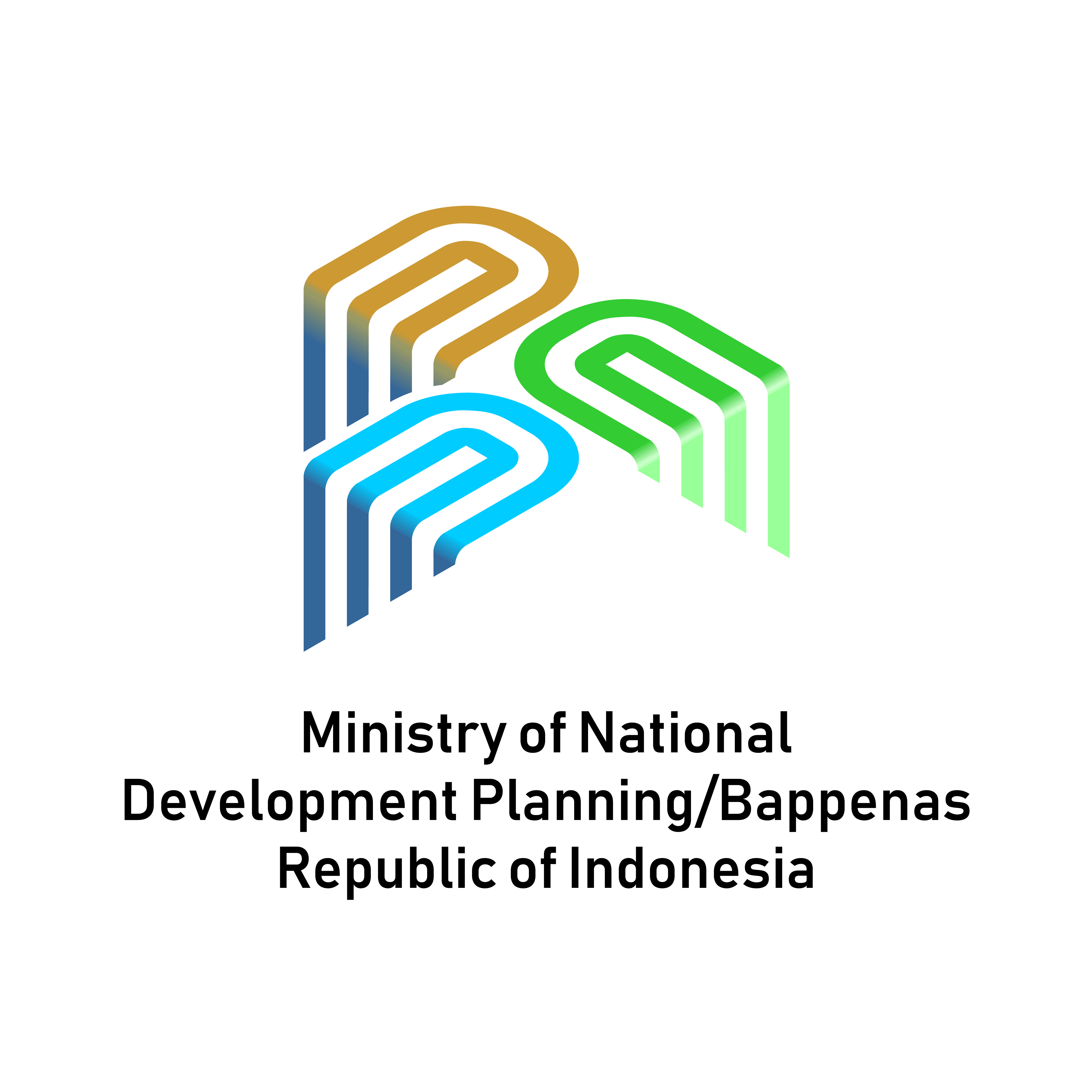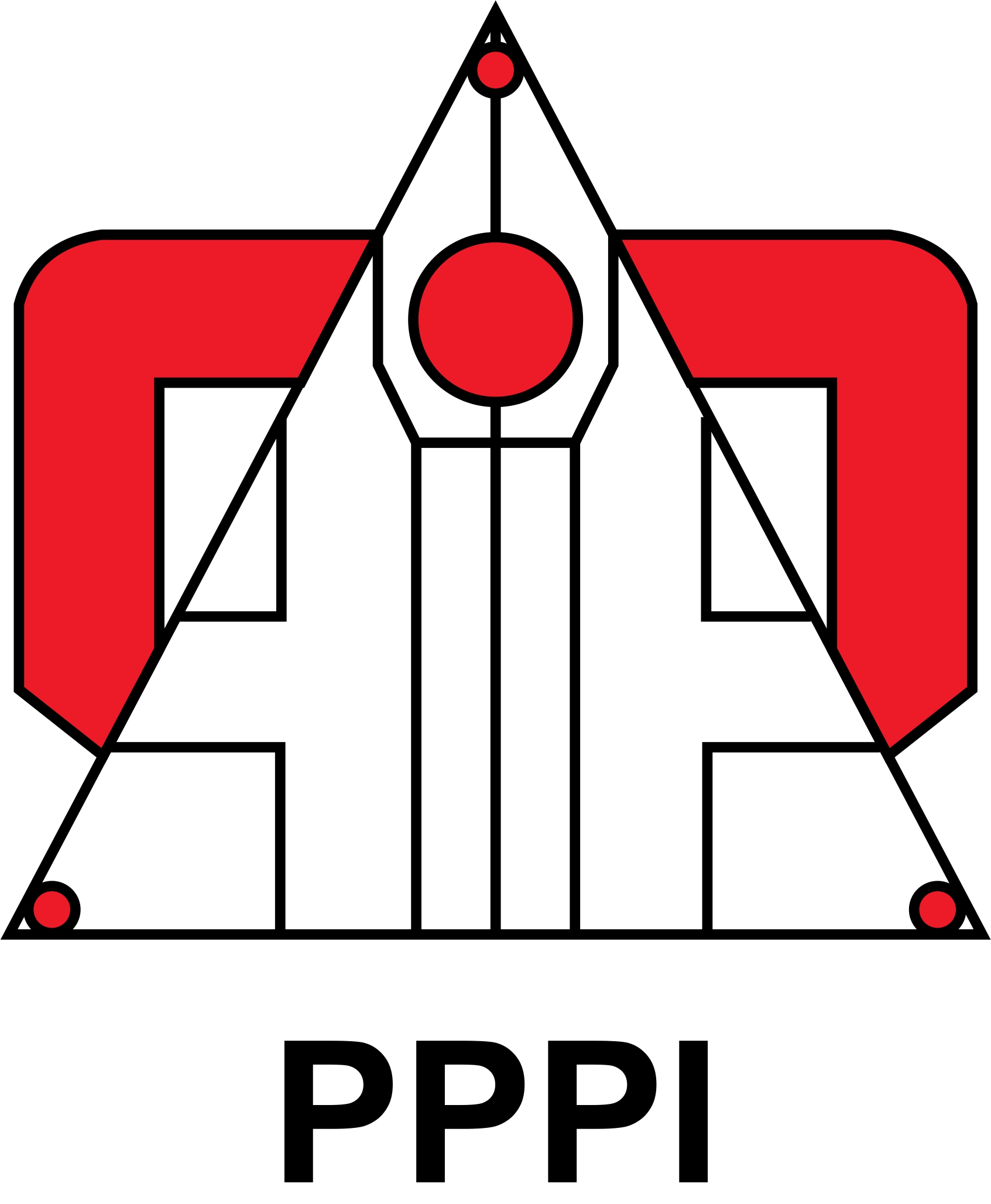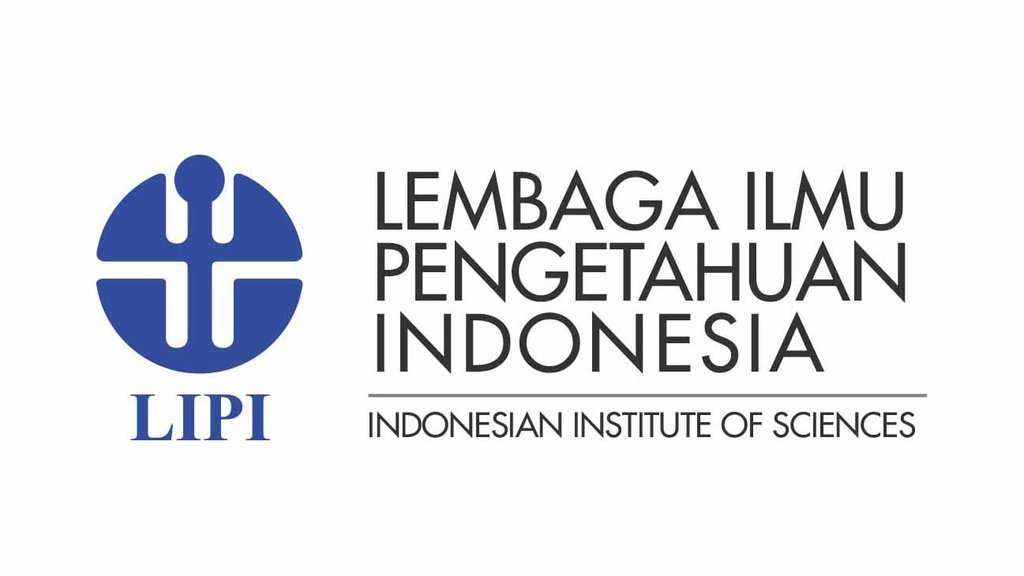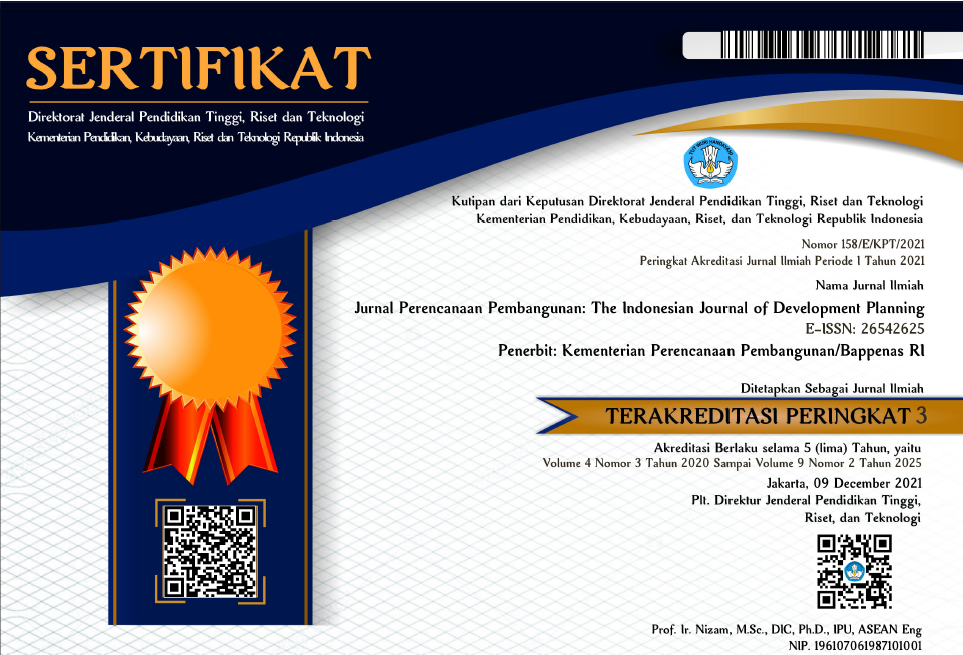Relationship between Human Development Index and Gross Regional Domestic Product on Sanitation Access in East Java Region in Achieving Sustainable Development Goals
DOI:
https://doi.org/10.36574/jpp.v6i2.298Keywords:
SDGs, Sanitation Access, HDI, GRDPAbstract
The policy of full access to sanitation through the Sustainable Development Goals (SDGs) (2015–2030) requires community participation. The role of society in this regard can depend on the Human Development Index (HDI) and Gross Regional Domestic Product (GRDP). The incidence of diarrhea in all age groups is only 3.5%. East Java is a province that contributes significantly to the number of cases of diarrhea in children under five in Indonesia, so sanitation is critical. This study aimed to determine the effect of HDI and GRDP simultaneously on sanitation access in districts and cities in East Java Province. This research was conducted using secondary data from the Central Statistics Agency of East Java Province. The data analysis method used is multiple linear. HDI and GRDP variables positively and significantly impact the number of sanitation access districts and cities of East Java Province in 2016-2019. GRDP partially has a regression coefficient of 0.223 greater than HDI, which means that an increase in GRDP by one unit of rupiah causes an increase in the achievement of sanitation access in East Java Province. As policymakers and implementers, local governments must pay attention to HDI and GRDP to access proper sanitation in East Java Province.
Downloads
References
Badan Pusat Statistik Provinsi Jawa Timur. (2022). BPS Provinsi Jawa Timur (Statistics Jawa Timur) - Sosial dan Kependudukan. Badan Pusat Statistik. https://jatim.bps.go.id/
Botting, M. J., Porbeni, E. O., Joffres, M. R., Johnston, B. C., Black, R. E., & Mills, E. J. (2010). Water and sanitation infrastructure for health: The impact of foreign aid. Globalization and Health, 6(1), 12. https://doi.org/10.1186/1744-8603-6-12
BUKOLA, O. F. B. (2011). EFFECT OF COMMUNITY – BASED HEALTH EDUCATION ON KNOWLEDGE , PREVENTION AND HOME MANAGEMENT OF DIARRHOEA AMONG CAREGIVERS OF UNDER – FIVES IN A RURAL COMMUNITY IN LAGOS STATE , NIGERIA . BY DR OLUSOLA – FALEYE BOLANLE BUKOLA A DISSERTATION SUBMITTED TO THE.
Frey, M., & Sabbatino, A. (2018). The Role of the Private Sector in Global Sustainable Development: The UN 2030 Agenda BT - Corporate Responsibility and Digital Communities: An International Perspective towards Sustainability (G. Grigore, A. Stancu, & D. McQueen (Eds.); pp. 187–204). Springer International Publishing. https://doi.org/10.1007/978-3-319-63480-7_10
Google Map. (2021). Google Map. https://www.google.com/maps/place/
Koko, I. W., Lim, J., Surya, B., & Yenis, I. (2022). Effect of sludge sewage quality on heating value?: case study in Jakarta , Indonesia. Desalination and Water Treatment, 28071, 1–8. https://doi.org/10.5004/dwt.2022.28071
Kummu, M., Taka, M., & Guillaume, J. H. A. (2018). Gridded global datasets for Gross Domestic Product and Human Development Index over 1990–2015. Scientific Data, 5(1), 180004. https://doi.org/10.1038/sdata.2018.4
Malhotra, Y. (2003). Measuring knowledge assets of a nation: Knowledge systems for development. United Nations Advisory Meeting of the Department of Economic and Social Affairs Division for Public Administration and Development Management, 52.
Najla, N., Syafitri, O. Y., & Huda, N. (2021). Human Development Index (HDI), Gross Regional Domestic Product (GRDP) Per Capita And Income Distribution: An Analysis Of National Zakat Revenue. Al-Amwal?: Jurnal Ekonomi Dan Perbankan Syari’ah, 13(1), 138. https://doi.org/10.24235/amwal.v13i1.8551
Ndikumana, L., & Pickbourn, L. (2017). The Impact of Foreign Aid Allocation on Access to Social Services in sub-Saharan Africa: The Case of Water and Sanitation. World Development, 90, 104–114. https://doi.org/https://doi.org/10.1016/j.worlddev.2016.09.001
Nurika, G. (2018). Community Knowledge, Technology, and Assistance of Stop Open Defecation Program in Dawuhan on 2015. Jurnal Kesehatan Lingkungan, 10(1), 104. https://doi.org/10.20473/jkl.v10i1.2018.104-115
Priutama, Y. E., Sarwono, A., & Suryawan, I. W. K. (2022). EVALUASI KARAKTERISTIK AIR LIMBAH HASIL PENGOLAHAN WASTE STABILAZION POND DI KOTA efluen yang memenuhi baku mutu kualitas mikrobiologi , fisika , dan kimia yang standar yang berlaku yaitu SNI 6989 . 59?: 2008 tentang Air dan Air Limbah Bagian. Teras Jurna, 12(1), 205–214.
Rahayu, A. P., Abidin, S. A., Islami, A. F., Ruslan, M. S. H., & Kurnia, K. A. (2021). A Study on The Healthy Rental-Housing for College Students According to World Health Organization: Evidence from Surabaya City in Indonesia. Journal of Public Health for Tropical and Coastal Region, 4(3), 125–131. https://doi.org/10.14710/jphtcr.v4i3.10816
Raini, M., & Isnawati, A. (2017). Profil Obat Diare yang Disimpan di Rumah Tangga di Indonesia Tahun 2013. Media Penelitian Dan Pengembangan Kesehatan, 26(4), 227–234. https://doi.org/10.22435/mpk.v26i4.4704.227-234
Setó-Pamies, D., & Papaoikonomou, E. (2020). Sustainable Development Goals: A Powerful Framework for Embedding Ethics, CSR, and Sustainability in Management Education. In Sustainability (Vol. 12, Issue 5). https://doi.org/10.3390/su12051762
Suliswanto, M. (2012). Pengaruh produk domestik bruto dan indeks pembangunan manusia. Jurnal Ekonomi Pembangunan, 8(2), 357–366.
Suryawan, I. E. K., & Sofiyah, E. S. (2020). Cultivation of Chlorella sp . and Algae Mix for NH 3 -N and. Civil and Environmental Science, III(01), 31–36.
Suryawan, I. W. K., Rahman, A., Lim, J., & Helmy, Q. (2021). Environmental impact of municipal wastewater management based on analysis of life cycle assessment in Denpasar City. Desalination and Water Treatment, 244, 55–62. https://doi.org/10.5004/dwt.2021.27957
Terama, E., Milligan, B., Jiménez-Aybar, R., Mace, G. M., & Ekins, P. (2016). Accounting for the environment as an economic asset: global progress and realizing the 2030 Agenda for Sustainable Development. Sustainability Science, 11(6), 945–950. https://doi.org/10.1007/s11625-015-0350-4
Totin Vodounon, H. S., Houédakor, K. Z., Amoussou, E., Azalou Tingbé, E. M., Nantob, M., Ayitchéhou, K. L., & Enoumodji, M. K. N.-B. (2022). Contributing to the achievement of sustainable development goals: knowledge on water, sanitation and health risk in Cotonou and Lomé cities. International Journal of Sustainable Development & World Ecology, 29(2), 164–175. https://doi.org/10.1080/13504509.2021.1936270
Trisnaini, I. (2015). Correlation of Environmental Factors Associated With the Incidence of Diarrhea in Under-Five in Indonesia?: a Community Based Total Sanitation Approach Toward Achievement Millennium Development Goals Hubungan Faktor Lingkungan Dengan Kejadian Diare Pada a. JURNAL ILMU KESEHATAN MASYARAKAT, 6, 1–5.
UN Inter-Agency Group for Child Mortality Estimation. (2017). Child Mortality 2017: Levels and Trends. 1–40.
Yudhiarso, S. T. (2015). Analisis Faktor-Faktor Yang Mempengaruhi Tingkat Pengangguran Di Kabupaten Jombang Tahun 2004-2013. UNEJ.
Zhang, J., Mauzerall, D. L., Zhu, T., Liang, S., Ezzati, M., & Remais, J. V. (2010). Environmental health in China: progress towards clean air and safe water. The Lancet, 375(9720), 1110–1119. https://doi.org/https://doi.org/10.1016/S0140-6736(10)60062-1
Downloads
Published
How to Cite
Issue
Section
License
This is an open-access article distributed under the terms of the Creative Commons Attribution-NonCommercial-ShareAlike 4.0 International License. Copyright © Kementerian PPN/Bappenas RI


















